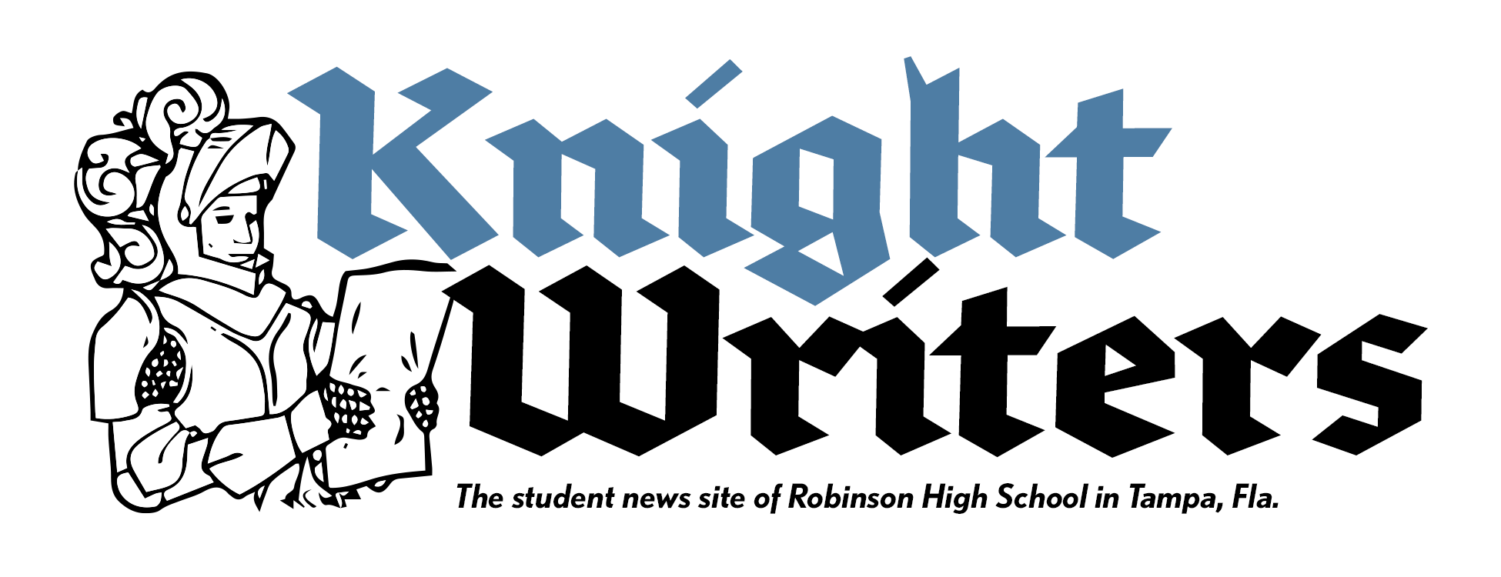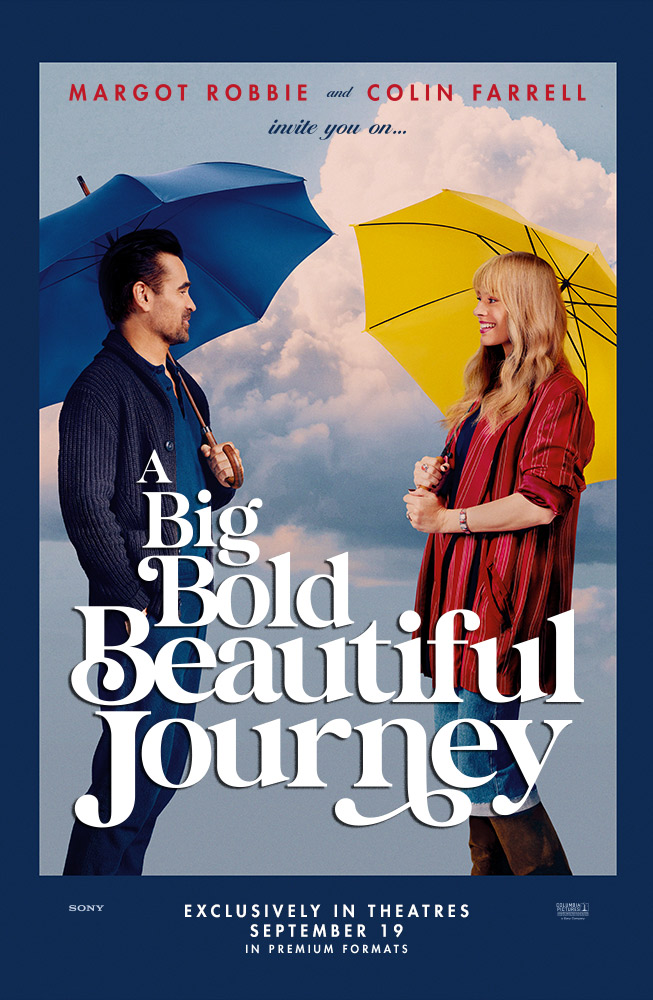I did not have high hopes when I entered the theater to watch “A Big Bold Beautiful Journey” on its opening night. To be frank, its trailer made it look like an overly grandiose, poorly written film with inordinately clichéd dialogue. Which is why I was thoroughly surprised to find myself empathizing with both of the protagonists and their respective stories. It begs certain questions: Are we finally moving out of the nearly 30-year-long requisite for a good rom-com? Are we slowly entering a second romantic renaissance?
“A Big Bold Beautiful Journey” is a romantic fantasy that follows Sarah (Margot Robbie) and David (Colin Farrell), two singles who meet at a wedding and together embark on a journey that leads them through a series of magical doors to significant moments from their pasts. This transtemporal road trip is piloted by a mysterious GPS that is stationed in both characters’ rental cars, which they acquired separately from a quirky couple (Kevin Kline and Phoebe Waller-Bridge) in a peculiar car rental shop called simply “The Car Rental Agency,” which only appears to have two cars in its facility.
More than anything else, this movie felt like it was made by someone who loves movies. Kogonada, the director, who also created hits like “Columbus” (2017) and “After Yang” (2021), was first recognized for his online video essays that delved into the visual language of directors like Wes Anderson, Stanley Kubrick and Robert Bresson. You can see this passion for film pervading every frame of “A Big Bold Beautiful Journey.” The dramatic use of shadows, contrasting colors, and excessive appearances of umbrellas as an homage to “The Umbrellas of Cherbourg,” (1964), a film infamous for its umbrella imagery, makes the scenes come alive in a way that truly stands out. Today’s atmosphere of filmmaking, where directors are prioritizing realism over the expression of human emotion, makes it rare to see such incorporation of liveliness into a scene.
But oh, the soundtrack for this movie was what was truly stunning. For this, the credit is given to many people. Joe Hisaishi created a beautiful musical score that you can hear in the background of many scenes, making the film feel simultaneously fun and dramatic. The film additionally featured multiple original songs by the popular artist Laufey, such as “Let’s Dream in the Moonlight,” which synchronically made the movie feel like a roaring 20s Parisian film and an early 1950s Disney animated movie, with the artist’s signature mix of jazz, classical and modern pop. However, the song that has been stuck in my head since watching this movie was neither any of Hisaishi’s nor Laufey’s; it was, naturally, the outstanding slowed-down cover of “Let My Love Open the Door” performed by Mitski that played through the ending and the credits. To me, this was the perfect last song: both beautifully sung and flawlessly placed in a movie literally about love and opening doors.
For me, the scene that transcended all others in “A Big Bold Beautiful Journey” is the scene where Farrell visits his old high school. In this scene, his character relives his performance in his high school’s musical. Robbie joins him in the performance at some point, and the two actors’ chemistry truly shines here. This moment seems to be the instant when everything switches, where the two protagonists get comfortable with one another and learn to have a bit of fun on the journey. All this brings me to my one and only critique of this film, which is that it should have been a musical. The tiny glimpse of these two actors’ musical abilities in this scene made me hungry for more of them. This movie in many ways resembled the likes of “La La Land” (2016) in its use of color, but also older musicals like “Singin’ in the Rain” (1952), a movie whose poster is, funnily enough, featured in Farrell’s teenage bedroom.
“A Big Bold Beautiful Journey” is nothing short of revolutionary. Kogonada knew that romantic aspects in today’s world are bleak, to say the least. That is why the choice to make this movie more dramatic than comedic (a rom-dramedy, if I may) in order to reflect the success of high-budget movies in the past few years was a good call. But does the movie’s ascendancy signal a broader rebirth in the romance genre of film? I suppose that only time will tell.


